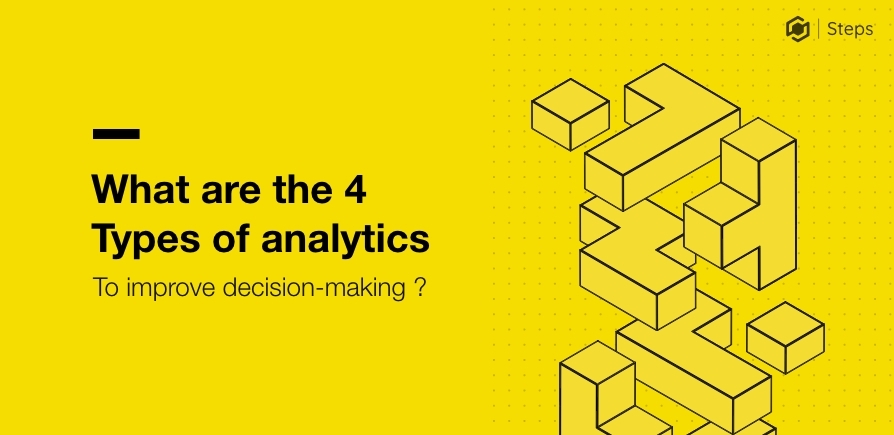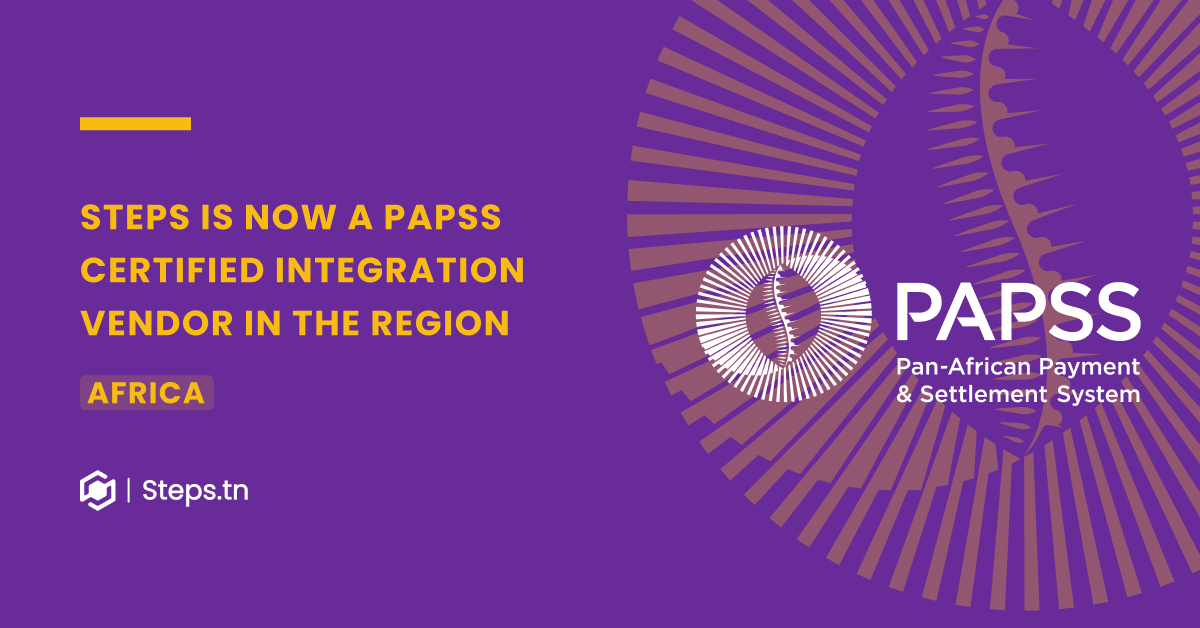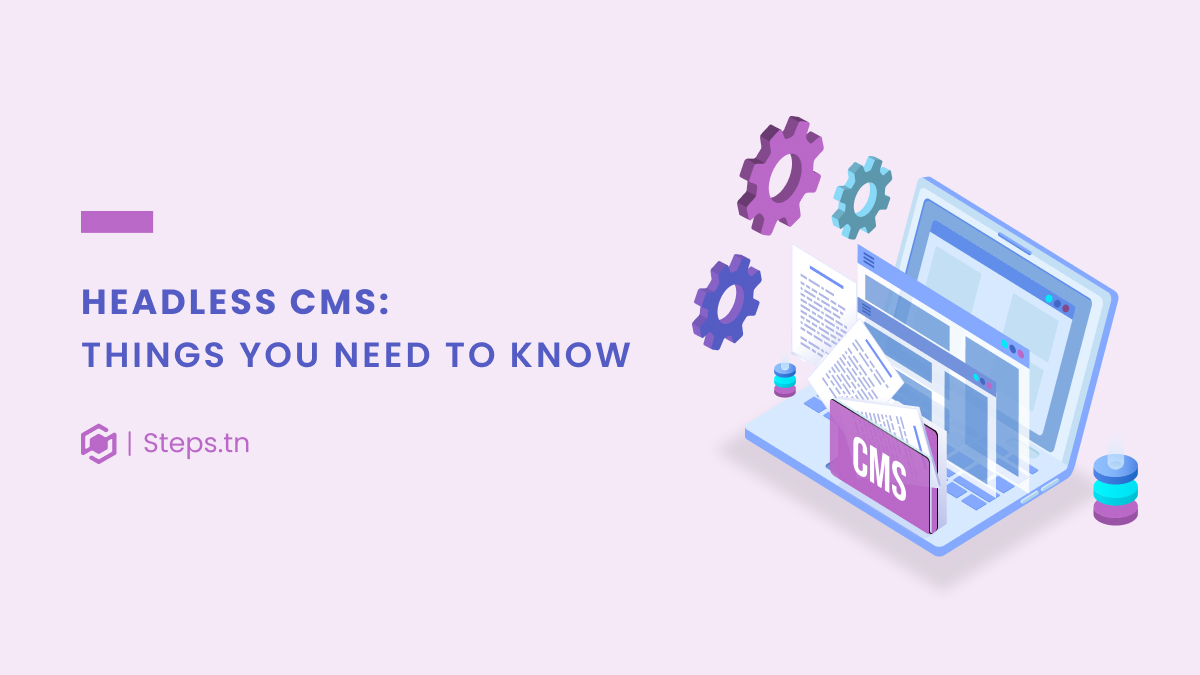Data is one of the most valuable assets a business can have, as it has a tremendous impact on its long-term success. And When done effectively, it results in a better understanding of a business’s past performance. And better decisions in the future. There are four different types of analytics in which companies can benefit from it.
So, how can your business benefit from those types of analytics, and what’s the best type that fits your needs?
Let’s find out starting from the definition of each type, the level of complexity, and how they are used in business.
The first type of analytics is descriptive:
What happened?
Let’s call this type of analytics the fact-based one. It’s the most common and basic type of analytics. Usually, it answers the question.
” What happened in the past?”
it’s the interpretation of historical data to understand better changes that have already happened. With this type of analytics, we can summarize past company behavior by BI dashboards & graphs.
That is to say, in business, the biggest use of descriptive analytics is to track key performance indicators.” KPI’s”
Examples of the metrics used in descriptive analytics are: Month-over-Month sales growth, the number of users, revenue per customer, average time customers take to pay bills.
The second type of analytics is diagnostic :
Why did it happen?
Similar to when doctors diagnose diseases by looking into the patient’s history and other analyses and tests; The diagnostic analytics process looks the same.
So after asking what happened, we want to dig deeper into the roots and know why it did happen? That by classifying historical information with other data.
And to perform it, we use techniques such as data discovery, data mining, and correlations.
Diagnostic analytics can help identify outliers, isolate patterns and uncover relationships. For example, you want to find out why your website traffic decreased in the last period. The decrease could be linked to a change in the Google algorithm or lower marketing efforts. With diagnostic analytics, you could identify the suspicious pattern.
The third type of analytics is predictive :
What’s likely to happen in the future?
We can call this step the crystal ball of analytics, as it’s the process of using historical data to make predictions about unknown future trends/events. In fact, it answers the question (what’s likely to happen in the future?)
As an advanced form of analytics, predictive analytics uses many techniques from artificial intelligence, machine learning, data mining, statistics to analyze past and current data to generate insights with a significant degree of precision. Some of those techniques are forecasting regression, multivariate statistics, and predictive modeling. Such analytics usually requires a deep understanding of statistics and programming languages such as Python and R.
The power of predictive analytics and the value added is immense as it could be applied in various industries. For instance, retailers leverage predictive analytics to forecast
- Inventory levels
- Customer behavior
- What products customers are likely to purchase together so the company can offer personalized recommendations
Prescriptive analytics:
The final and the most advanced form of analytics is prescriptive. Using the outcome of predictive analytics of what’s likely to happen in the future, prescriptive analytics goes further. And that by recommending what action we should take to eliminate a future problem or take advantage of a new trend.
This type of analytics relies heavily on advanced tools and technologies. Such as artificial intelligence, machine learning, and neural network algorithms. And as it is a data-hungry approach, it requires both internal and external data sources to be exploited to their full potential.
When implemented effectively, prescriptive analytics can help companies bring value by making decisions based on highly analyzed facts rather than instinct.
What type of data does your business need?
These four types of analytics are connected to a certain degree and complement each other.
But what’s the right mix for your business? to understand this, we recommend answering the following questions:
- What’s the current progress of data analytics in my company
- What are my business problems, and are the answers to those problems obvious?
- Do I need to dig deeper into data to get better insights?
Indeed, the answers to those questions help you form a data analytics strategy. Ideally, the needed data solution will move from the simplest type of analytics to the more advanced & complex.





